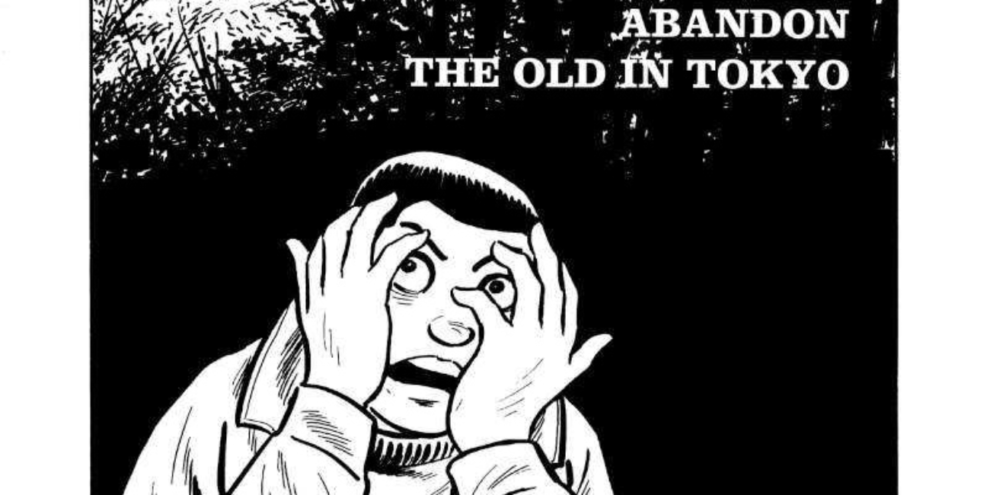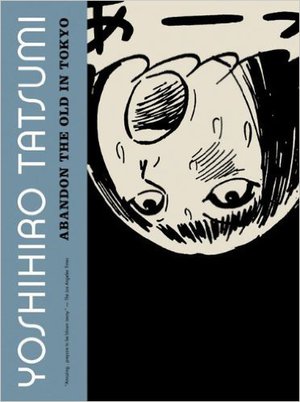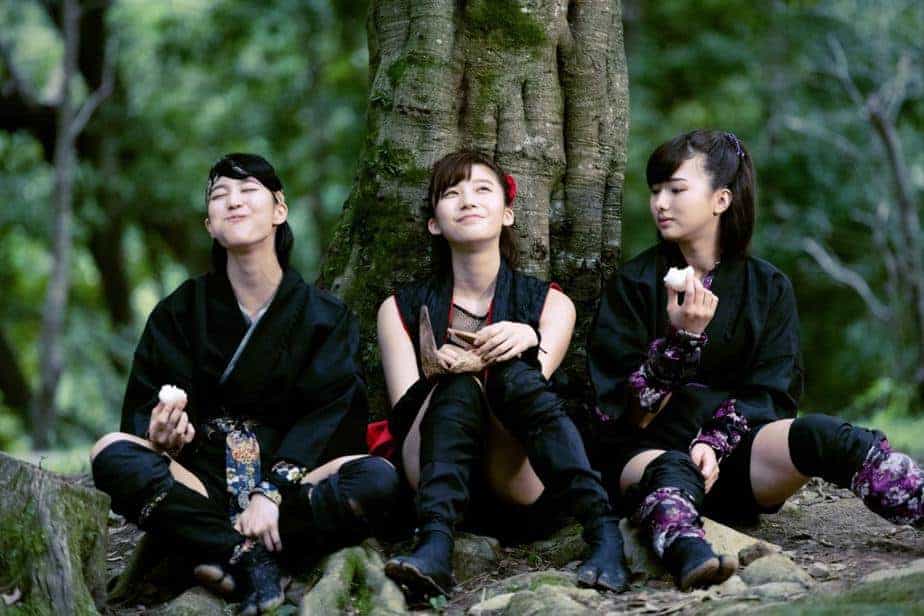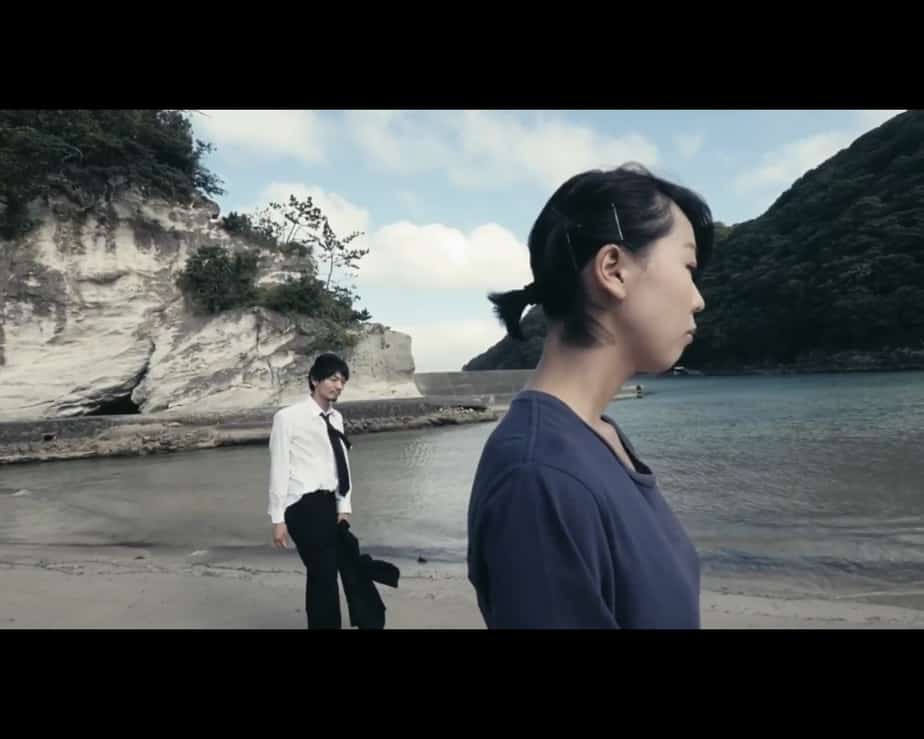Collecting several stories from Yoshihiro Tatusmi originally published in 1970, “Abandon the Old in Tokyo” focuses on societal blues of the 1960s Tokyo. With a key focus on economic hardships and strained relationships, the collection shows the struggle of the Japanese everyman.
Buy This Title
“Abandon the Old in Tokyo” offers a dark exploration of the underbelly of the Japanese working class, their shortcomings dictated not only through personal fallacy but an unforgiving money-centric structure. This approach gives each story a sense of dire tragedy, with protagonists seemingly unable to overcome the restrictions placed upon them. Consequently, the series can be a difficult read for some who struggle with harrowing scenarios, as all elements of the collection seems guided towards eliciting a sense of tragedy from the reader.
However, to say the title wallows in misery would be misleading, as the series also looks to inform the reader on the human response of those trapped within an unforgiving society. Certainly the subjects are capable of deplorable actions, but there is a sense of plea in understanding the disenfranchised and what leads them to react in certain ways. This delicate balance serves the collection well, and highlights the humanity that Tatsumi is able to encapsulate in an engaging fashion.
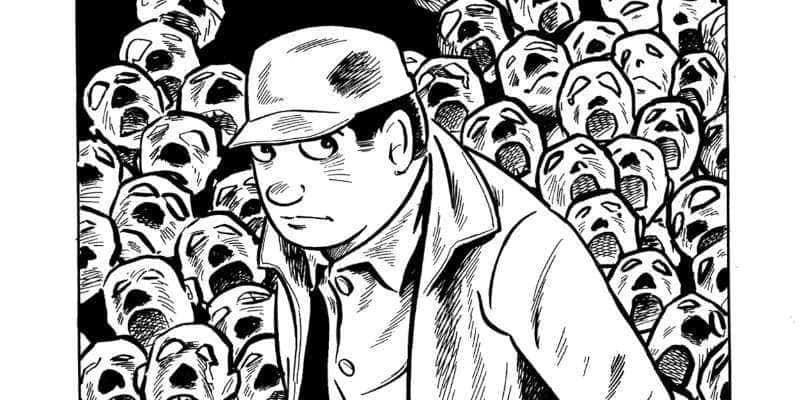
For frame of reference, Tatsumi is considered to be a prominent figure in ‘Gekiga' as well as the one who first coined the term. The label acted to counteract the term manga, which means ‘whimsical pictures', distinguishing itself in realistic portrayals of everyday life both in content and stylistic approach. It remains the most apt way to encapsulate the creator's work, along with many other inspired to create under the sub-genre. Consequently, the work of Tatsumi has remained niche in capturing a certain time frame in such an exploratory and sincere approach that prides itself on realism.
Undeniably, some readers will be put off by period specified work, and from a western perspective, it would be hard not to conclude that some of the nuances will be overlooked because of this. However, the way in which Tatsumi approaches his subjects does hold a sense of universal understanding that transcends the sense of experiencing something anachronistic. The mangaka's work, in many ways, remains timeless while also feeling like an essential part of the history of graphic fiction.
Released by Drawn and Quarterly, who feature many of the creators' works as well as others in the Gekiga movement, is wonderfully presented. Hardcover and good quality pages are the most apparent choices to ensure value, but perhaps the greatest addition comes from the closing interview. This segment offers a great deal of insight into the mindset of the Tatsumi, along with some tidbits that make the work more palatable than the initial dreary impression of the subject matter. Overall, it is a really well-compiled edition, worthy of adding to a collection.
“Abandon The Old In Tokyo” will not be to all readers taste, particularly with the medium more tied to escapism than the realism that Gekiga explores. However, to those willing to expand their knowledge of manga and its ability to tackle societal woes, this edition acts as an ideal starting point.


